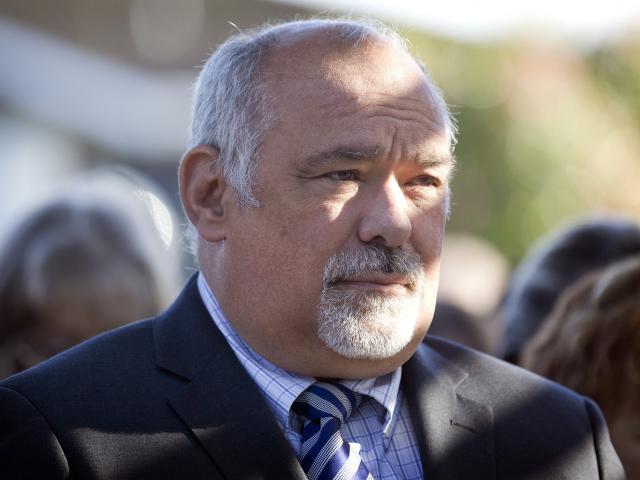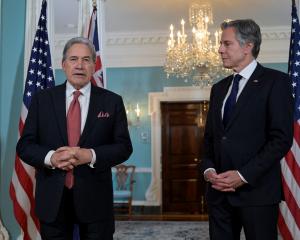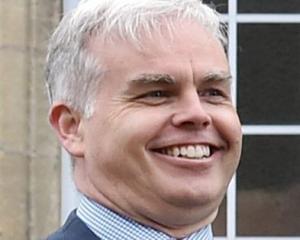The joint bid of Waikato University and Waikato District Health Board to establish the country’s third medical school is opposed by the University of Otago and University of Auckland medical schools.
The sides squared off in this month’s New Zealand Medical Journal. Today, Waikato District Health Board chief executive Dr Nigel Murray and Otago Medical School dean Prof Peter Crampton put their respective cases on the matter.

While I was pleased to see your editorial in the New Zealand Medical Journal contributing to the medical education debate, I was disappointed to read your rejection of the need for New Zealand's third medical school in the Waikato.
You acknowledge the health workforce shortages in our rural and provincial communities, so I don't understand why you would argue against a well-considered case to fix this endemic and serious problem.
The editorial argues that your school and the Auckland Medical School already select some students from rural backgrounds and give them experience in community settings. But declining GP numbers are a fact, only 15%-17% of medical school graduates become a GP, so clearly the status quo is not working and it is time for a radically different approach. In fact this shortfall is one of the reasons we import 1100 overseas doctors to help support and fill the gaps in primary care.
I acknowledge the substantial contribution the existing medical schools have done and are doing to improving the health of our society. All DHBs have benefited from the presence of your graduates, but the lack of diversity in medical education in New Zealand is directly related to the problems we face in our medical workforce.
The duopoly of the Auckland and Otago medical schools has effectively limited new entrants to the field. This suits the needs of the two universities to protect the status quo but does not advance innovative ideas to respond to the health needs of the people.
Based on OECD comparisons, New Zealand should be soon opening its fourth medical school, not trying to suppress a third.
The main aim of the Waikato proposal is to help address the well-known wide disparities in health status within New Zealand. The highest amenable mortality rates are found in our provincial high-need communities. Investing in these communities is something the Waikato DHB and the university have been doing for many years and this proposal helps build on our joint expertise by taking on the medical workforce needs that your editorial has admitted exist.
The editorial proposes a third medical school could ''inflict harm'' on our fragile health system - yet the harm is already upon us. I know from my experience running the Waikato DHB that the burden of disease that is undiagnosed or undertreated is damaging those patients in our emergency department, who wouldn't have needed to be there if their condition had been caught earlier or prevented by their local GP and their clinical teams.
This Waikato school with a new fresh community-based academic culture will complement what you offer. As a graduate entry programme, it opens the doors wider for more mature students to train as doctors and helps our country address those critical medical workforce shortages.
Finally, you urge the Government to '''make haste slowly''. Your medical school, and Auckland's, have had more than 50 years to make haste and deal with this immediate and growing crisis in provincial and rural health - how slow would you like to go?












